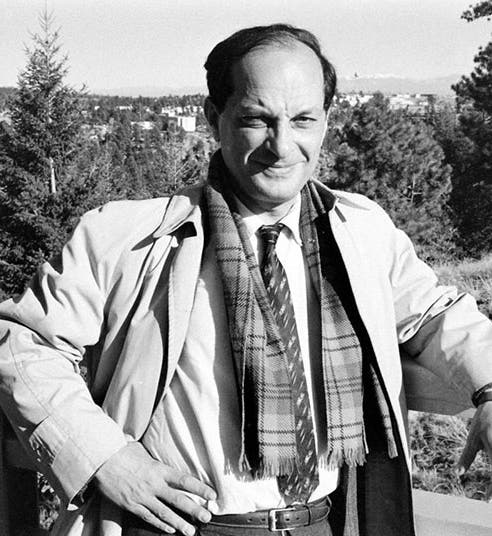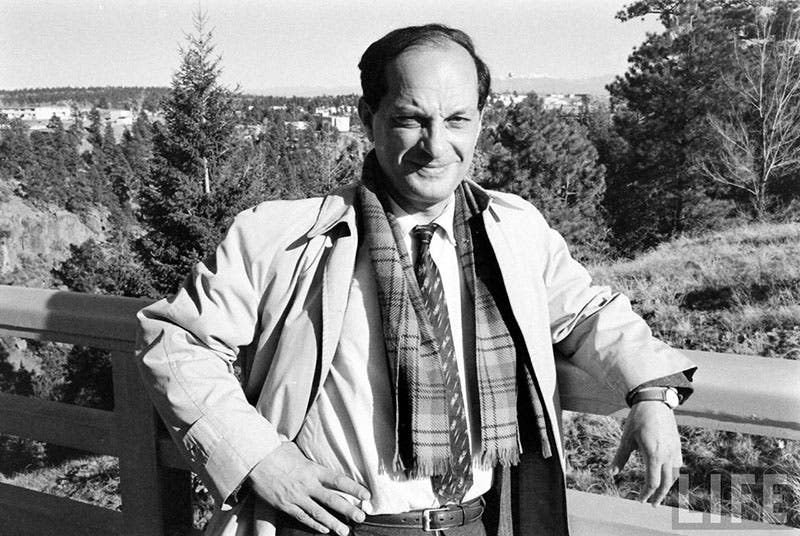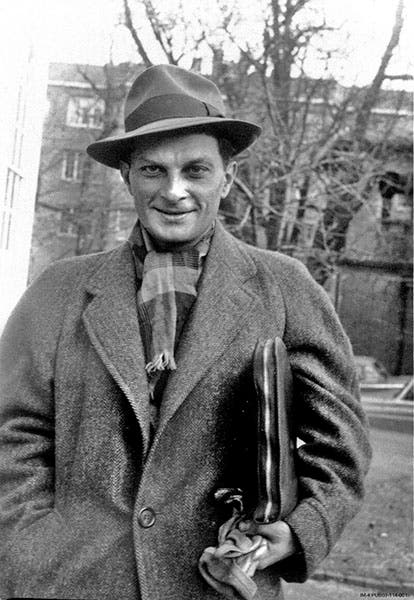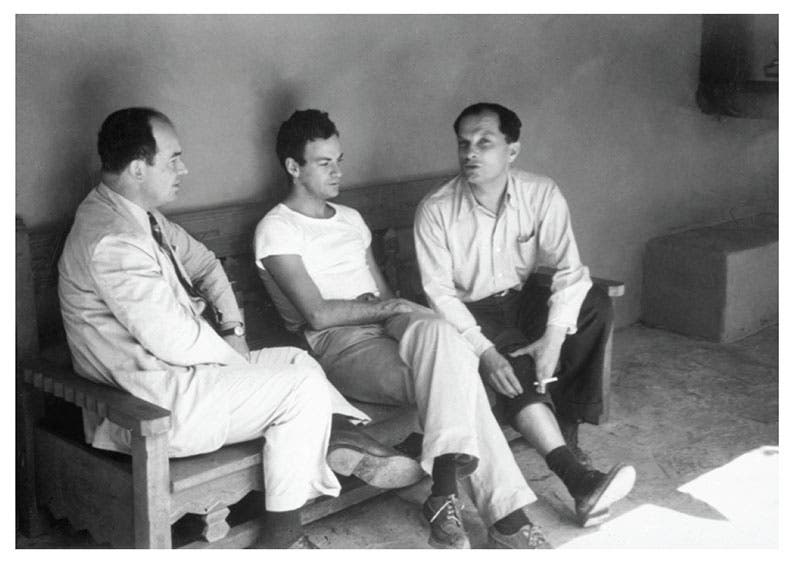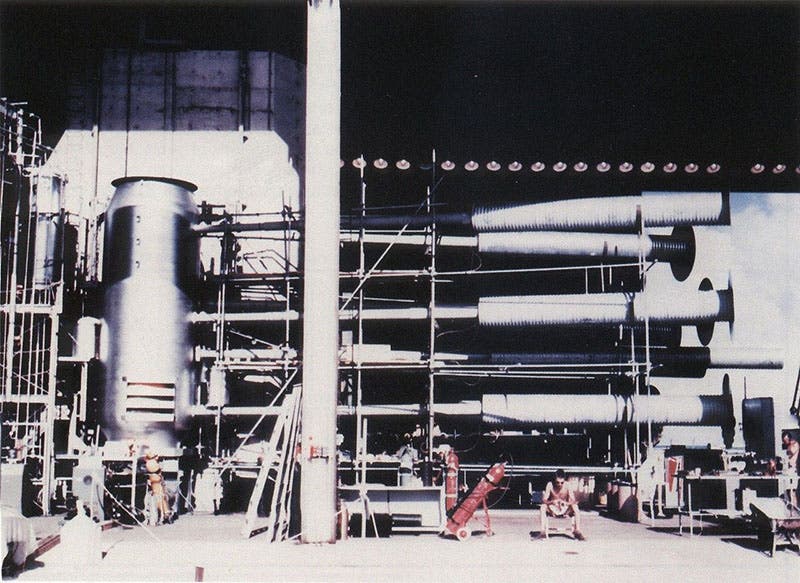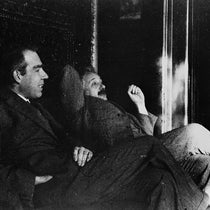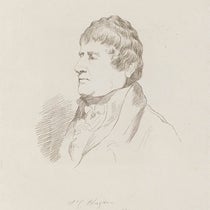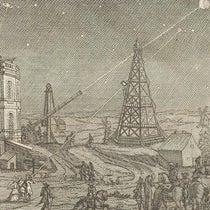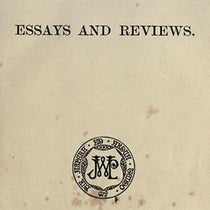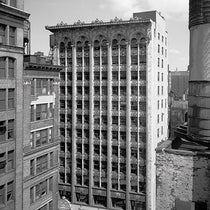Scientist of the Day - Stanislaw Ulam
Stanislaw Ulam, a Jewish/Polish/American mathematician, died May 13, 1984, at the age of 75. Ulam came from a wealthy Polish family and was educated at Lwów Polytechnic Institute in what is now the Ukraine. He was a brilliant student, and in Poland, he met American mathematician John von Neumann, who invited him to come to the new Institute for Advanced Studies in Princeton. Ulam then spent 3 years teaching in the Harvard fellowship program, returning to Poland in the summers, but in 1939, he sailed from Poland for the last time, just before the Nazis invaded. Most of his family was rounded up and sent to detention camps. None of them survived.
In 1943, Ulam, on the recommendation of von Neumann, was invited by Robert Oppenheimer to join the top-secret Manhattan Project at Los Alamos, which was in dire need of ultra-competent mathematicians as they tried to design the first atomic bomb (one von Neumann, brilliant though he was, was not enough). As they worked to develop an effective “implosion” technique for the plutonium bomb, Ulam’s skill in solving problems in hydrodynamics, the motion of fluids, proved to be crucial for the implosion bomb’s success.
Ulam was soon drawn into efforts at Los Alamos to simultaneously develop a "Super" bomb – a device that would use a fission explosion to trigger a more-powerful fusion device. Edward Teller spearheaded the Super project, which continued after the Manhattan Project was successfully brought to a close, and Teller had a design in mind, which he claimed he successfully tested on the new ENIAC computer at Aberdeen, but Ulam in 1946 showed that the computer calculations were faulty – computers (actually, there was only the one in 1946) did not have yet enough memory to solve the questions it was asked. This led to a certain amount of tension between Ulam and Teller, especially after the Soviets detonated their first atomic (fission) bomb in 1949 and the arms race was officially on. It did not help that Ulam was lobbying for a nuclear test ban and Teller was very much opposed to the idea.
In 1951, Ulam finally worked out an alternative method for setting off the fusion bomb that seemed much more promising, which involved using the fission bomb trigger to compress the deuterium and keep it from cooling too fast. Teller almost immediately realized that radiation from the fission trigger could assist in the compression of the deuterium, and suddenly, they had a design that should work. The Teller-Ulam design, as it came to be called, was implemented in short order, and the world’s first thermonuclear device, "Ivy Mike", was successfully detonated in on Nov. 1, 1952, on an islet in the Eniwetok Atoll in the South Pacific (known, since 1974, as Enewetak, for some reason). The explosion yielded the equivalent of about 10 megatons of TNT, nearly 1000 times greater than the bomb dropped on Hiroshima seven years earlier. However, the first H-bomb was hardly portable; it took up an entire building and would have required a pair of B-52s (which had made their first flight just six months earlier) to even lift it off the ground. But deliverable bombs would be forthcoming before long, and today, virtually every nuclear weapon in the world (all 12,000 of them) uses the Teller-Ulam design that made its debut in 1952. Our photo shows Ivy Mike in its hangar (fifth image). I am sure that the red fire extinguishers in the foreground would have come in very handy if something had gone wrong.
There is considerable disagreement to this day as to who was the more important contributor to the Teller-Ulam design; Teller always claimed that he alone was responsible, and that Ulam just assisted, but we have to remember that Teller was an ego-maniac, and it is relevant that Hans Bethe, veteran of the Manhattan project, credited them equally, Teller for the idea and Ulam for figuring out how to implement it.
Ulam’s mathematical work after Los Alamos was important, such as his development of the “Monte Carlo” method of statistical analysis, but we cannot discuss any of that intelligibly here. When he retired from Los Alamos, Ulam moved to the University of Colorado, joining George Gamow on the faculty there. He died suddenly of a heart attack in 1984, and was buried, on his wife’s initiative, in Montparnasse Cemetery in Paris
There are a number of portrait photos of Ulam floating about the web, many of them taken by famous Life photographer Alfred Eisenstaedt, who must have spent a whole day with Ulam in 1962 (first image). The one (NOT taken by Eisenstaedt) showing Stanislaw and his wife Françoise, who worked at Los Alamos as a “computer,” but whom Stanislaw met at Harvard, is quite charming (second image).
William B. Ashworth, Jr., Consultant for the History of Science, Linda Hall Library and Associate Professor emeritus, Department of History, University of Missouri-Kansas City. Comments or corrections are welcome; please direct to ashworthw@umkc.edu.

